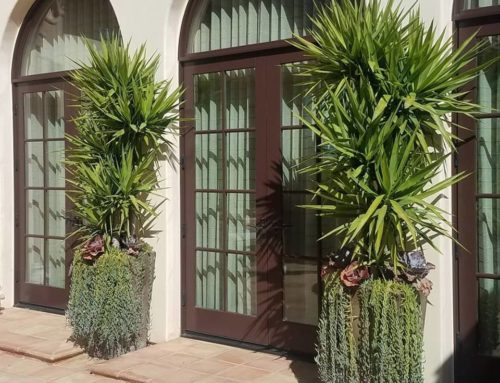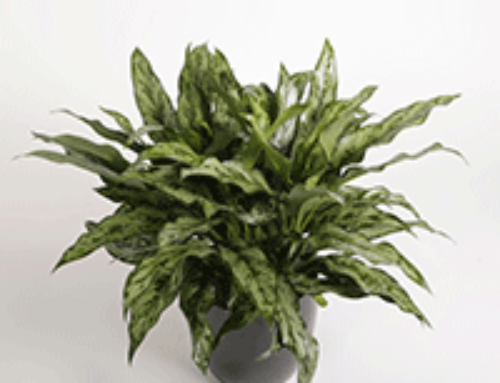 The Fishtail Palm, also known as Caryota mitis, is one of Plantopia’s more fashionable plants in the interiorscapes of clients across the United States. Let the experts teach you a little more about these tropical beauties.
The Fishtail Palm, also known as Caryota mitis, is one of Plantopia’s more fashionable plants in the interiorscapes of clients across the United States. Let the experts teach you a little more about these tropical beauties.
Environment
This plant is called fishtail due to its unique large feathery triangular leaflets. In the wild, it can produce beautiful red and purple flowers, as well as a red fruit (which is toxic to humans if ingested). It is native to the moist regions of Burma, Malaysia and Java, and its indoor environment should mimic its native surroundings as close as possible. Fishtail palms have adapted well to life indoors but unlike in their natural environment, offices and homes often lack humidity. Caryotas can suffer when humidity levels are too low, resulting in browning on the edges of the fronds.
Water
In their native environment or in atriums, you will notice that they like to have their soil moist, moister than some other palms. Although too much water combined with low light levels can lead to browning of the foliage from overwatering. Additionally, another catch to caring for Caryotas is our city water, which contains fluoride, burning the tips of the fronds of fishtails.
Pests
Spider mites can be a real problem for fishtails. Scale insects are also sometimes a problem. Watch carefully for any sign of these pests and start spraying and hand removing them as soon as you notice them. Mites can carry off a Fishtail palm quickly so it is best to always suspect that they are there and make weekly inspections. Water with Pro-tekt weekly to give added protection from insects.
Plantopia technicians are well trained on the Fishtail palm, as it is one of their most popular plant installs. Want to know more or have one of these beautiful palms in your home or office? Contact Plantopia today and speak with an expert! We are always happy to share our expertise or schedule an appointment!





